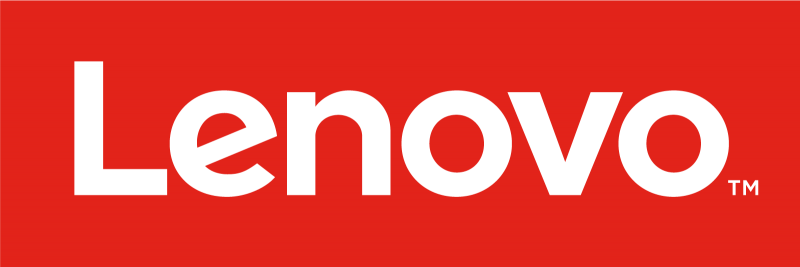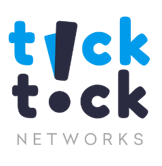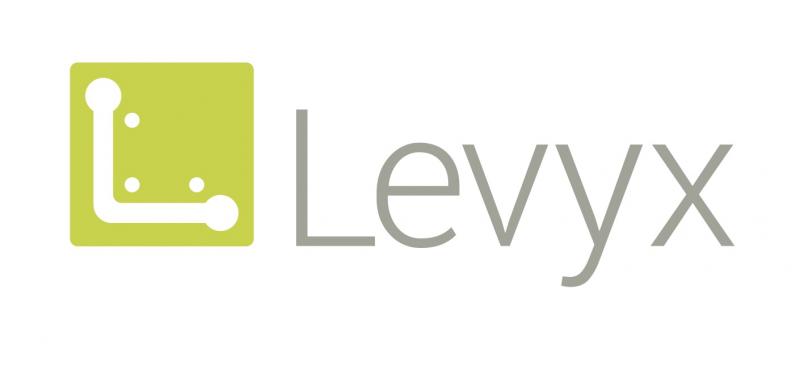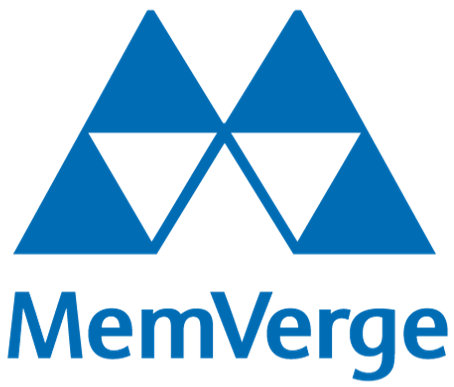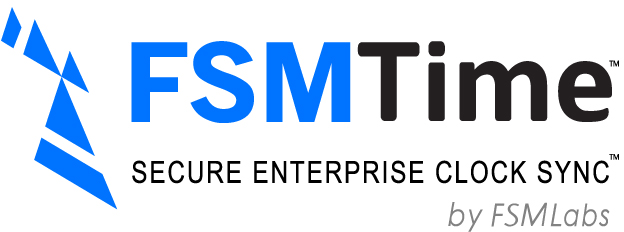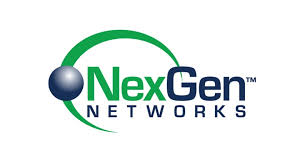STAC Summit, 6 Jun 2019, NYC
STAC Summits bring together industry leaders in ML/DL engineering, data engineering,
system architecture, application development, infrastructure engineering, and
operational intelligence to discuss important technical challenges in the finance industry.
Come to hear leading ideas and exchange views with your peers.
WHERE
New York Marriott Marquis, 1535 Broadway, New York
Astor Ballroom
Agenda
Click on the session titles to view the slides and videos.
 Big Compute
Big Compute
 Fast Compute
Fast Compute
 Big Data
Big Data
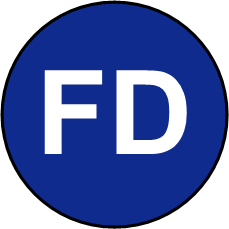 Fast Data
Fast Data
STAC Update: AI Workloads  |
|
|
Michel will discuss progress toward benchmark standards for ML/DL techniques and technologies based on problems that finance firms in the STAC Benchmark Council have said they care about. |
Panel: AI and the engineer  |
|
Financial firms are increasingly using machine learning or deep learning (broadly, “AI”) to improve outcomes or automate functions. Like many other key components of a business plan, AI is a team sport. A brilliant researcher can't be productive without a lot of help with data, technology, and process management. Fortunately, many of these skills exist already in the finance industry, whether it is managing large amounts of data, designing systems for high performance, or managing uncertain processes in an agile way. What are the key engineering and development skills needed on effective data science teams? What technologies are most crucial to understand today and in the near future? How much data science knowledge does a technologist need in order to be a highly effective data engineer or ML engineer? Which parts of the process are most likely to be automated, purchased, or outsourced in the near future, and which parts will continue to rely on in-house (human) technologists? Our panel will discuss. |
Productionizing ML & DL models at scale |
|
|
Recent years have seen tremendous advances in tools and processes to facilitate the training of machine learning and deep learning models. However, putting these models into production is not as well supported. The CI/CD ecosystem that has evolved for deploying and monitoring traditional web applications is a rich starting point but doesn’t support some key requirements of ML/DL models. At Paperspace, Raj works with clients to overcome these challenges and build out effective CI/CD pipelines for AI. In this talk, he’ll share some emerging patterns, state-of-the-art methods, and best practices that leading companies are using to productionize their models. |
STAC Update: Big Workloads  |
|
|
A lot of innovative solutions for big data and big compute workloads like enterprise tick analytics, strategy backtesting, and market risk are being subjected to STAC Benchmarks. If he can catch his breath, Michel will take us through the latest research. |
Compute, meet Data: Accelerating I/O at the micro and macro level  |
|
Ever-increasing demands from the business, the growth of new AI workloads, and the increasing pull of public clouds call for faster and more flexible ways to get data where it’s needed in computations. Fortunately, the vendor community is competing and collaborating to solve these problems. Innovations include standards like NVMe and NVMe over Fabrics, persistent memory with interesting properties, new and enhanced distributed file systems, rapidly evolving cloud services, and products that claim to substantially mitigate problems we expect when compute and storage are separated by long distances. Sorting through this Cambrian explosion of offerings is a good problem to have, but a problem nonetheless. How should application developers think about memory and storage today? What’s possible with file, block, and object storage? When is public cloud a realistic option, and when not? What are the promise and perils of disaggregated storage? Our panel of experts will debate. To kick off, some of the panelists will provide a short presentation: |
|
| "Managing NVMe Storage at Rack-Scale" V.R. Satish |
|
| "A Storage Architecture to Accelerate kdb+ " Andy Flesch, Regional Vice President Sales, WekaIO |
|
| "What if you don’t have to move data?" Steve Wallo |
STAC Update: Fast Data |
|
|
Peter will discuss the latest research and Council activities related to low-latency/high-throughput realtime workloads. |
Understanding an ultra-fast market through ultra-accurate time sync  |
|
Deutsche Boerse has invested heavily to instrument their exchange in order to monitor compliance, fairness, and other critical factors at the micro level. But doing so while the tick-to-trade latency of their members rapidly contracts has required increasingly accurate time synchronization at large scale. Toward this end, Deutsche Boerse has gained valuable experience deploying White Rabbit (roughly PTP with synchronous Ethernet) for time synchronization in their co-location network capture infrastructure. They have also built a data service that makes White Rabbit synchronized timestamps available to exchange members, enabling them to connect to Deutsche Boerse's White Rabbit master. In this talk, Sebastian and Andreas will discuss lessons learned through these projects and potential plans for further enhancements to the exchange's time sync architecture, including the possibility of something radically different. They will also reveal what ultra-accurate timestamps can tell us about the current state of the latency race among trading firms. Come ready to ask questions and toss around ideas. |
Panel: Time sync & capture in 2019  |
|
Maintaining event intelligence in electronic trading continues to get more challenging. Understanding events with clarity requires capturing those events, understanding exactly when they happened, and pulling them into meaningful analysis, whether that’s for operations management or strategy development and backtesting. Our panelists will discuss these challenges and opine on the best ways to solve them. What kind of accuracy do trading firms need in the near future, and what kind of accuracy is possible? Are these even separable questions, or do new capabilities create their own demand? What kind of network does high accuracy require? How are 40G and higher bandwidths affecting requirements for capture? How are advances in storage and memory affecting capture architectures? What’s changing and what’s not in the build-vs-buy equation? To kick off, each will provide a short presentation: |
|
| "An ML-based Approach to Clock Sync at Scale" Dan Zheng |
|
| "Arista innovations for finance." Dr David Snowdon |
|
| "Synchronization (r)evolution in finance markets" Francisco Girela López |
|
| "News and updates from Exablaze" Dr Matthew Grosvenor |
|
| "Datacenter capture - choosing the right tools for the job" Dr Raymond Russell |
About STAC Events & Meetings
STAC events bring together CTOs and other industry leaders responsible for solution architecture, infrastructure engineering, application development, machine learning/deep learning engineering, data engineering, and operational intelligence to discuss important technical challenges in financial services.
 |
 |
 |
|---|---|---|
Event Resources
Speakers
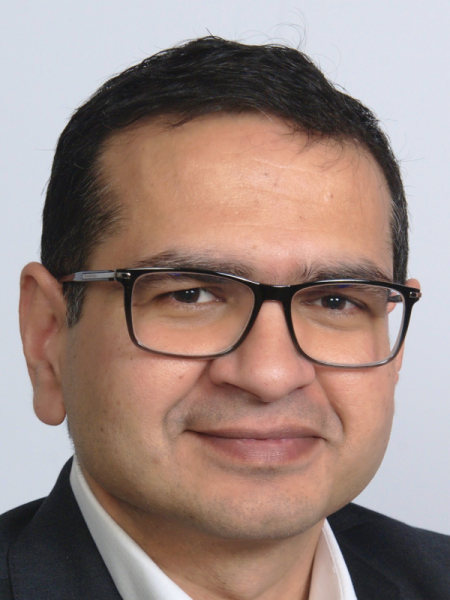 Ambika SuklaFactFindr.ai (former Morgan Stanley)
Ambika SuklaFactFindr.ai (former Morgan Stanley) Michael BealData Capital Management
Michael BealData Capital Management
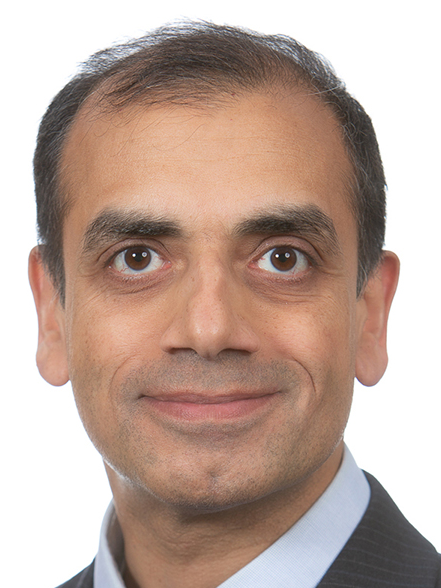 Dr Alok DuttCiti
Dr Alok DuttCiti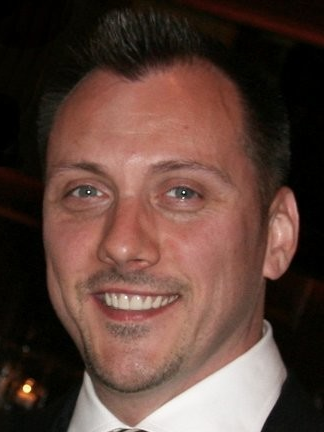 Darrell WestburyCredit Suisse
Darrell WestburyCredit Suisse
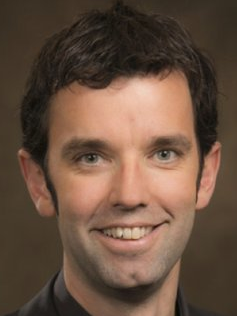 Sebastian NeusuessDeutsche Boerse
Sebastian NeusuessDeutsche Boerse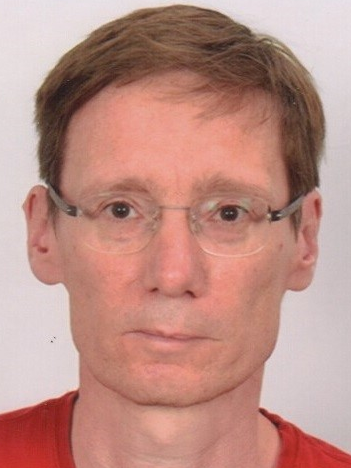 Andreas LohrDeutsche Boerse
Andreas LohrDeutsche Boerse
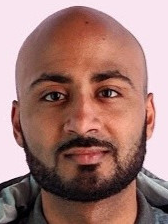 Rajesh VadamudiPaperspace
Rajesh VadamudiPaperspace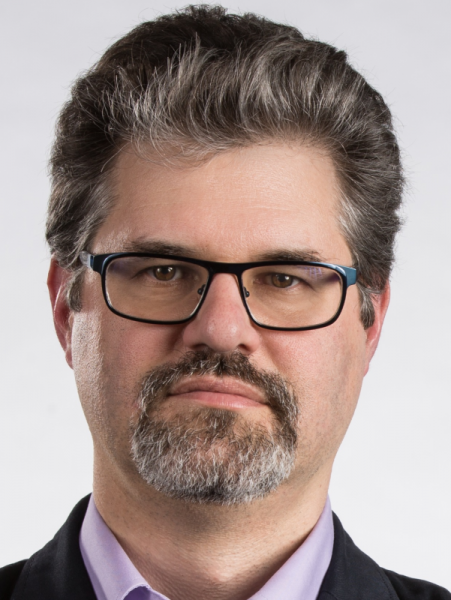 John AshleyNVIDIA
John AshleyNVIDIA
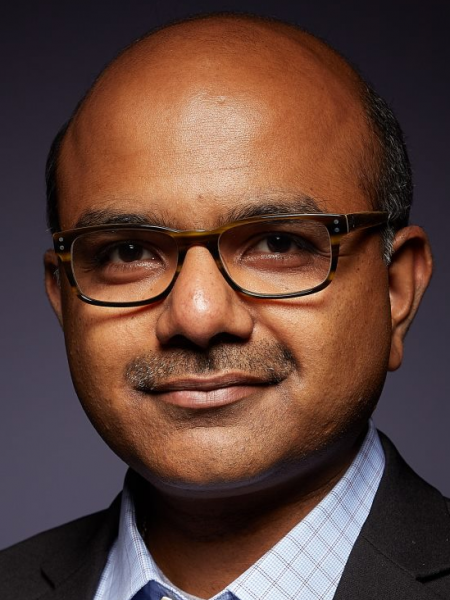 Ananth SankaranarayananIntel
Ananth SankaranarayananIntel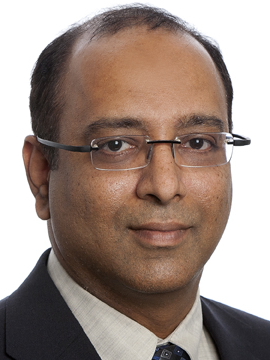 V.R. SatishPavilion Data
V.R. SatishPavilion Data
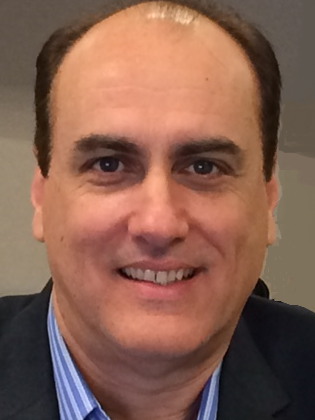 David HiattWekaIO
David HiattWekaIO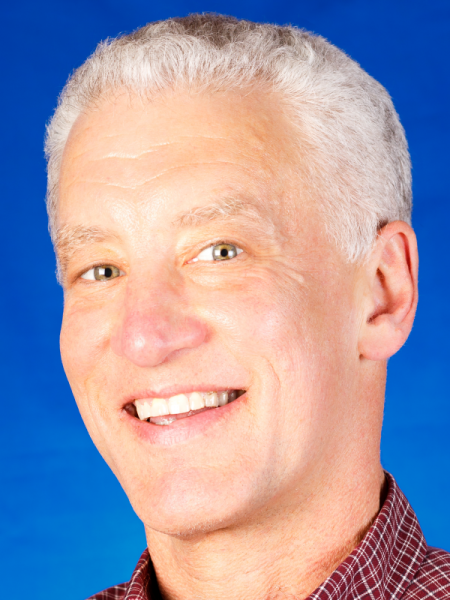 David CohenIntel
David CohenIntel
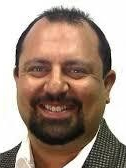 Boni BrunoDell EMC
Boni BrunoDell EMC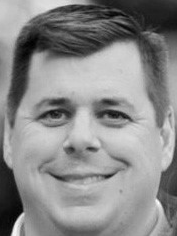 Brett MillerViolin Systems
Brett MillerViolin Systems
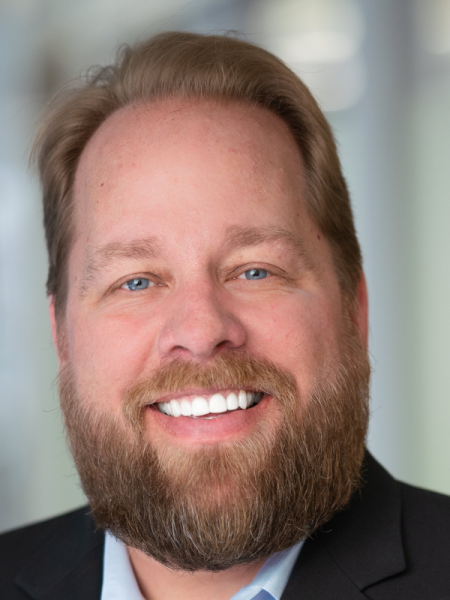 Christian SmithIgneous
Christian SmithIgneous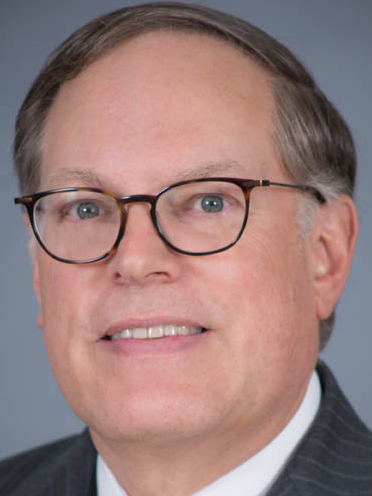 Dave WeberLenovo
Dave WeberLenovo
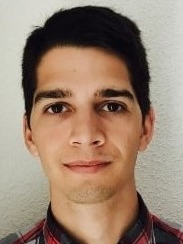 Francisco Girela LopesSeven Solutions
Francisco Girela LopesSeven Solutions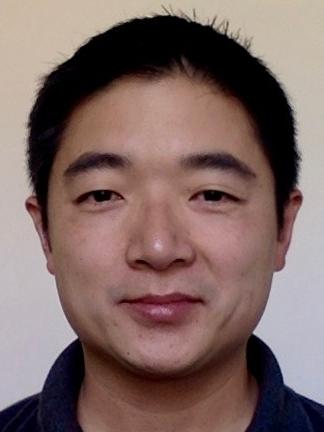 Dan ZhengTick Tock Networks
Dan ZhengTick Tock Networks
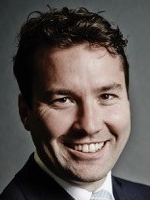 Dr. David SnowdonArista
Dr. David SnowdonArista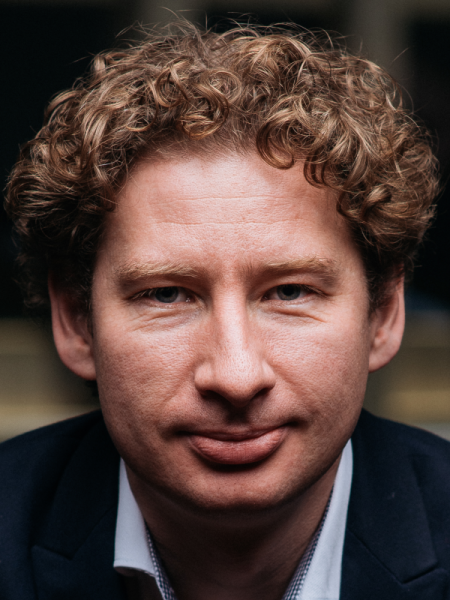 Dr. Matthew GrosvenorExablaze
Dr. Matthew GrosvenorExablaze
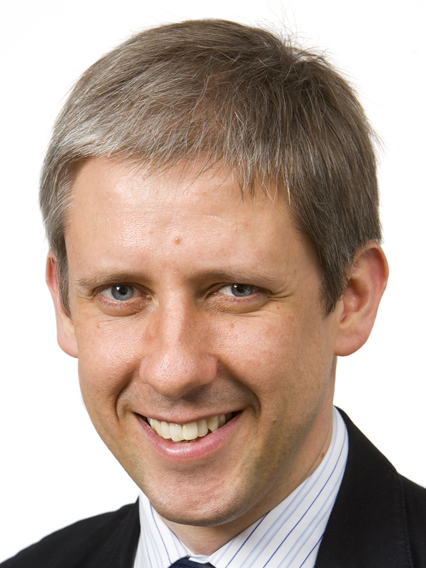 Dr. Raymond RussellCorvil
Dr. Raymond RussellCorvil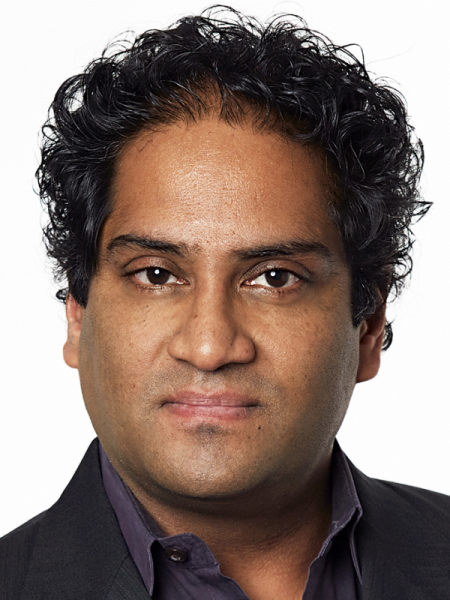 Roop GangulyBigstream
Roop GangulyBigstream
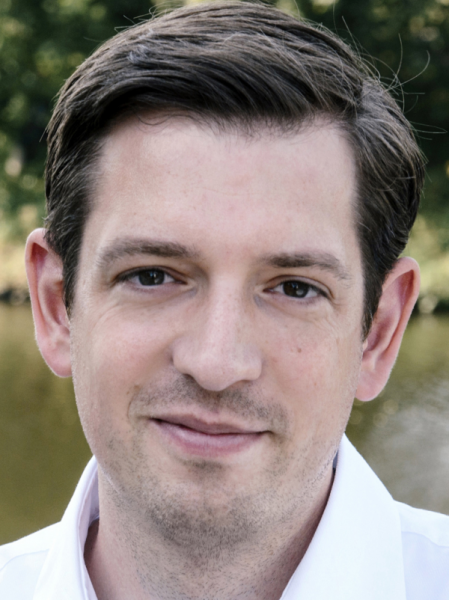 Björn KolbeckQuobyte
Björn KolbeckQuobyte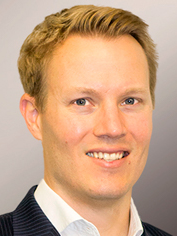 David TaylorExegy
David TaylorExegy
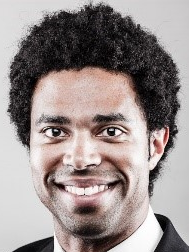 Mutema PittmanIntel
Mutema PittmanIntel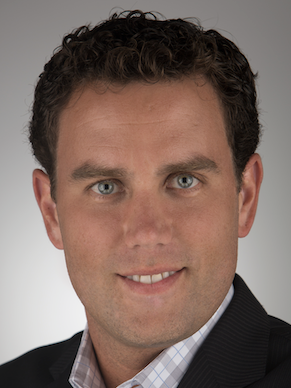 William HillViON (speaking for Axellio)
William HillViON (speaking for Axellio)
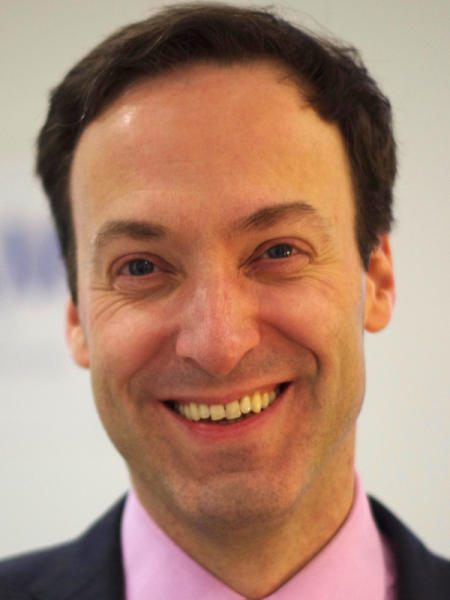 Feargal O'SullivanUSAM Group (speaking for QuasarDB)
Feargal O'SullivanUSAM Group (speaking for QuasarDB) Robert Cooke3Forge
Robert Cooke3Forge
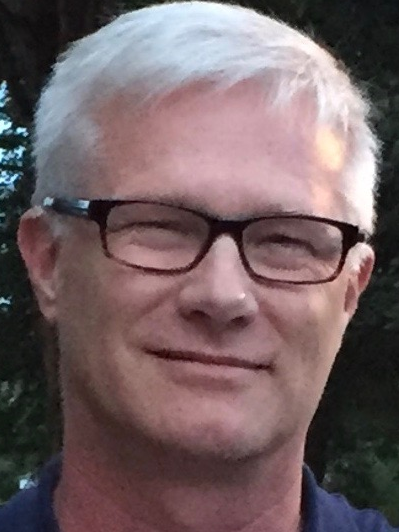 Matt MeinelLevyx
Matt MeinelLevyx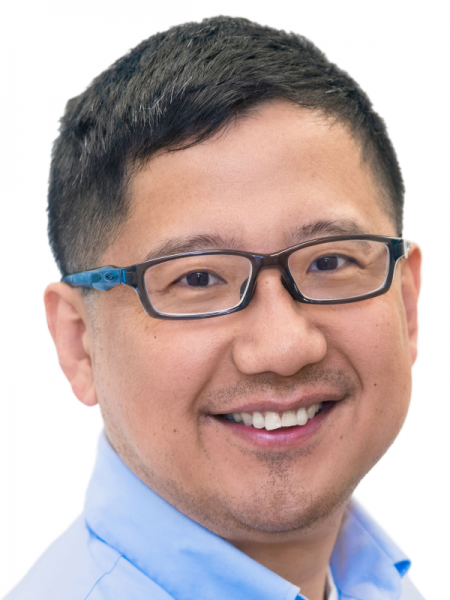 Charles FanMemVerge
Charles FanMemVerge
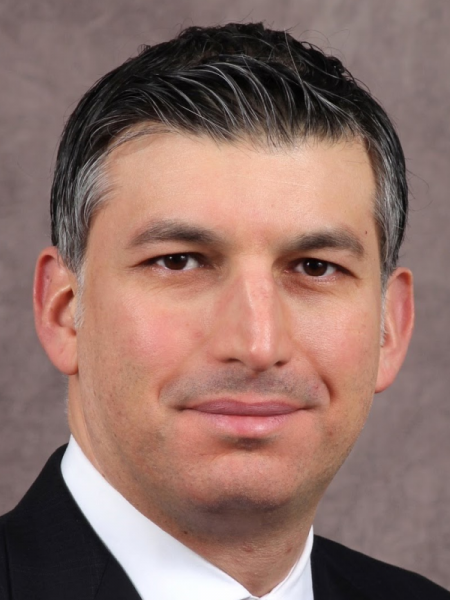 Ugur TigliMinIO
Ugur TigliMinIO Steve WalloVcinity
Steve WalloVcinity
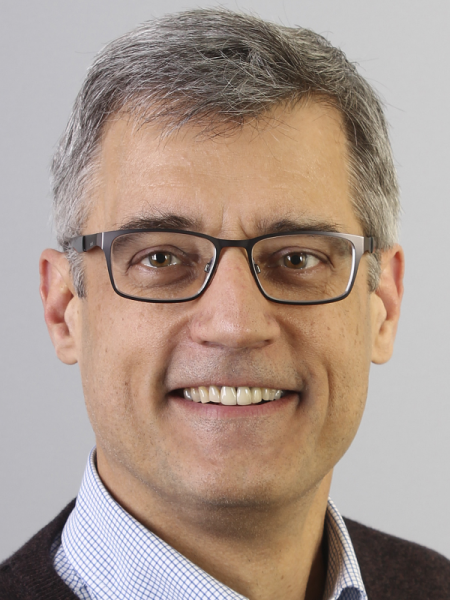 David LidrbauchMentor
David LidrbauchMentor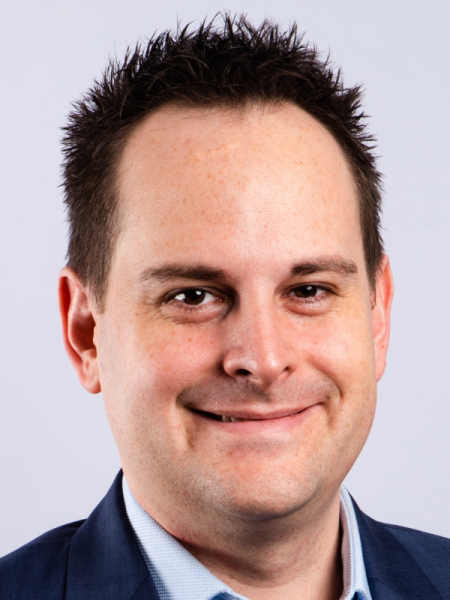 Arnaud DerasseEnyx
Arnaud DerasseEnyx
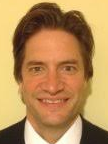 Cliff MaddoxNovasparks
Cliff MaddoxNovasparks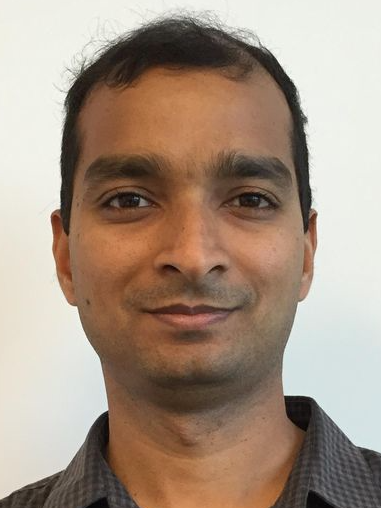 Jag TamvadaCisco
Jag TamvadaCisco
 Theo SchlossnagleCirconus
Theo SchlossnagleCirconus Trevor BertrandOrolia
Trevor BertrandOrolia


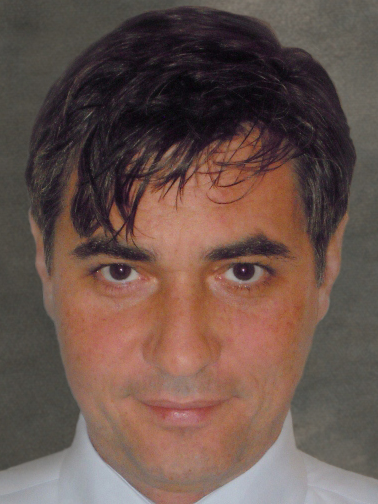 Davor FrankSolarflare
Davor FrankSolarflare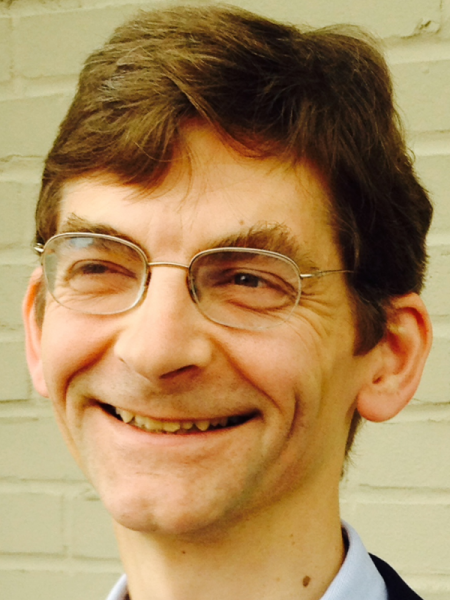 Michel DebicheSTAC
Michel DebicheSTAC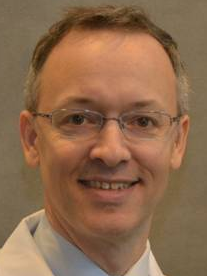 Peter LankfordSTAC
Peter LankfordSTAC




